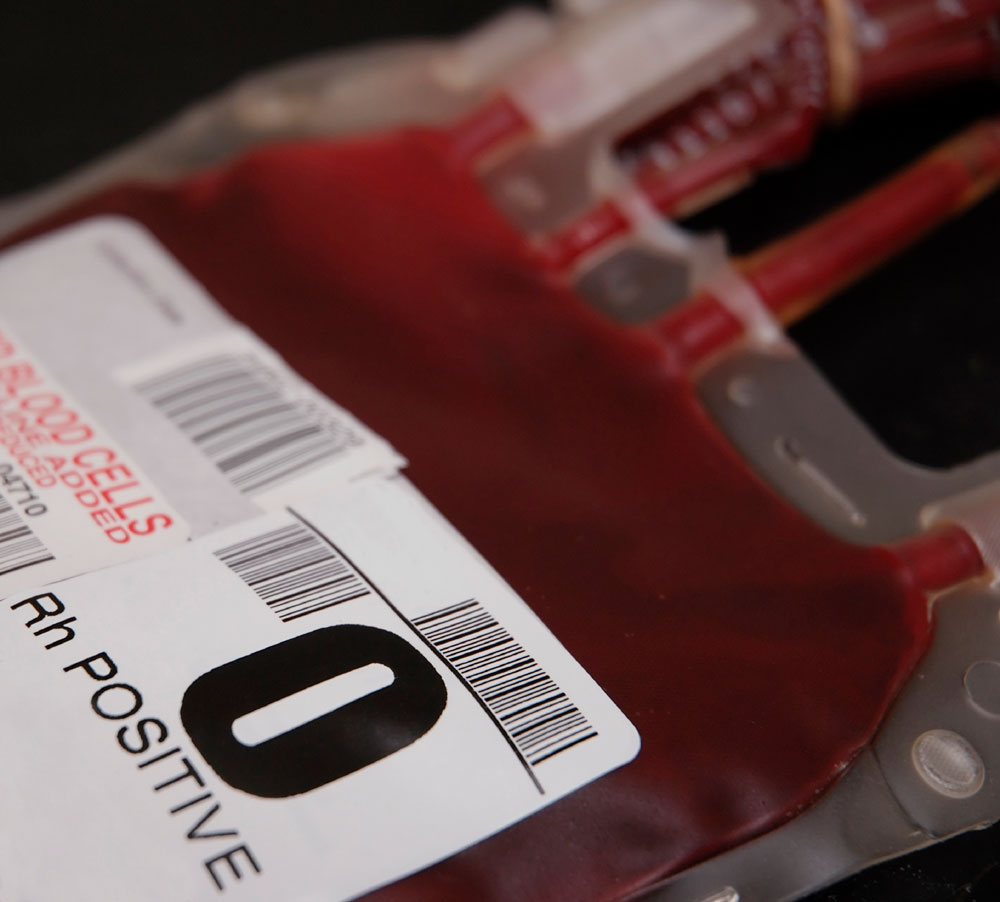Using stem cells to treat genetic anemia
A group of scientists from many Chinese medical institutions and universities are conducting research on a new way to treat thalassemia in alpha form, a form of hereditary anemia with dangerous complications such as heart failure and spongy bone.
>>>New hope for patients with Mediterranean anemia
The disease is common in some countries in the Mediterranean, Southeast Asia and some southern provinces of China.

Dr. Pan Guangjin, the lead researcher, said the study will last for five years, focusing on the use of pluripotent stem cells (iPSCs) to treat the disease.
Thalassemia anemia usually occurs in young children several months after birth due to inheritance from a parent. The cause of the disease is a deficiency in the synthesis of hemoglobin in the blood pigment which causes anemia.
Hemoglobin consists of two alpha sequences and two beta sequences. Depending on whether the structure is in alpha or beta, there will be thalassemia alpha or beta, or a combination of both alpha and beta.
Currently, the treatment method is mainly blood transfusion or bone marrow transplantation, but low efficiency and high cost.
- Stem cells in the bone marrow can treat eye disease
- Young anemia and identification signs
- New hope for patients with Mediterranean anemia
- 10 ways stem cells promote medical development
- Transplanting monkey stem cells successfully cured heart disease
- New method to create human stem cells
- Stem cells will be taken to the ISS station for observation
- It is easy to isolate stem cells in the urine
- Korea uses stem cells to treat Huntington's disease
- Experimental injection of stem cells to prevent glass bone disease
- LEARN ABOUT ORIGINAL CELL (Part 5)
- Detection of DNA mosaic structure
 Green tea cleans teeth better than mouthwash?
Green tea cleans teeth better than mouthwash? Death kiss: This is why you should not let anyone kiss your baby's lips
Death kiss: This is why you should not let anyone kiss your baby's lips What is salmonellosis?
What is salmonellosis? Caution should be exercised when using aloe vera through eating and drinking
Caution should be exercised when using aloe vera through eating and drinking